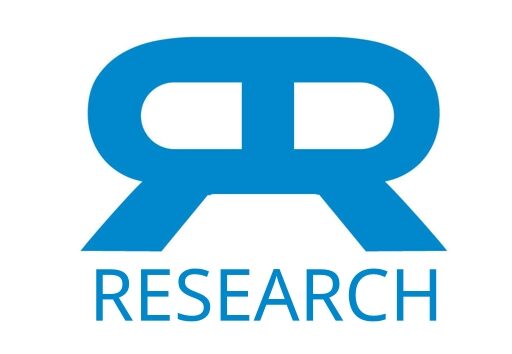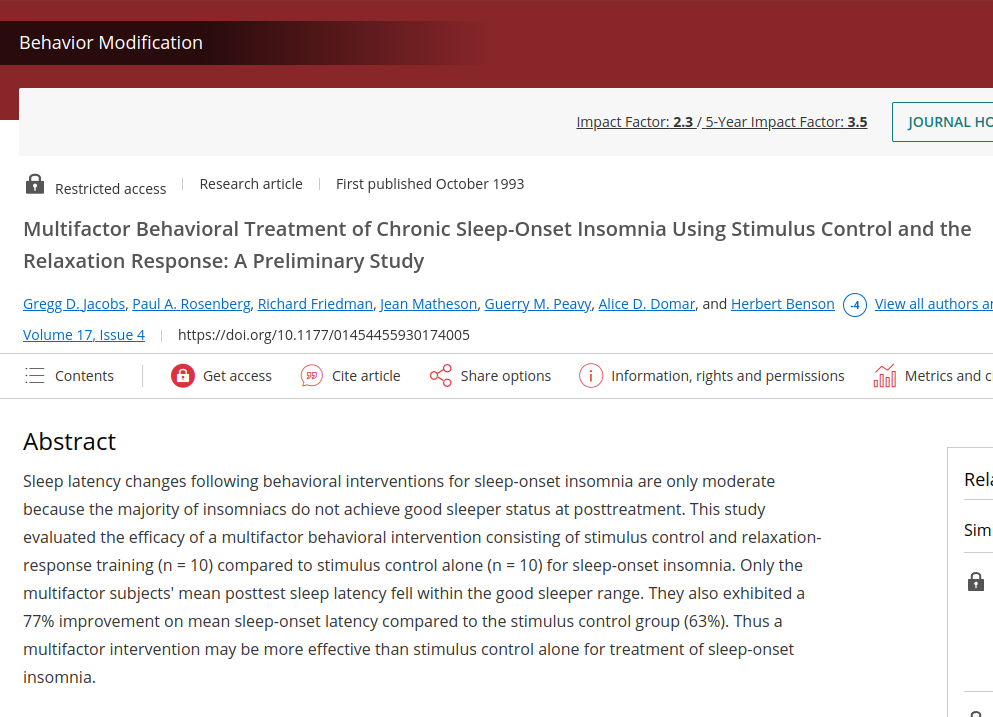The majority of individuals with insomnia treated with single behavioral interventions do not achieve normal sleep. In this study, individuals with chronic sleep-onset insomnia (n=12) were treated with a sequentially administered multifactor behavioral intervention consisting of sleep restriction, modified stimulus control, and relaxation training. They were compared to age- and sex-matched normal sleepers (n=14) prior to and following treatment using home-based polysomnography and power spectral analysis of pre-sleep EEG activity as dependent measures. Individuals with insomnia showed highly significant beneficial changes on EEG measures of insomnia, including a 75% reduction in sleep-onset latency, and did not differ from normal sleepers at posttreatment. Individuals with insomnia exhibited greater pre-sleep CNS arousal than normal sleepers at pretreatment and showed a significant reduction on this measure at posttreatment. Objective improvements in sleep were accompanied by significant improvements in self-report measures of sleep and mood. We conclude that a multifactor behavioral intervention consisting of sleep restriction, modified stimulus control, and relaxation response training is highly effective in moving individuals with chronic sleep-onset insomnia into the range of normal sleepers and may achieve its effect, in part, by reducing pre-sleep CNS arousal.
Home-based central nervous system assessment of a multifactor behavioral intervention for chronic sleep-onset insomnia
Publication
Behavior Therapy
Volume 24, Issue 1, Winter 1993, Pages 159-174
Abstract
Web and Email Links
Related Listings
Journal
The Lancet
To determine whether decreased sympathetic-nervous-system activity achieved by the relaxation response could decrease premature ventricular contractions (P.V.C.S), eleven ambulatory patients with proven, stable ischæmic heart-disease and P.V.C.s were investigated. The patients, who were taking no medication for the P.V.C.S, were trained to elicit regularly the relaxation response through a non-cultic psychological technique. The frequency of the P.V.C.s was measured by computer analys […]
Journal
Frontiers in Psychiatry
Background: Obsessive-compulsive disorder (OCD) is often a life-long disorder with high psychosocial impairment. Serotonin reuptake inhibitors (SRIs) are the only FDA approved drugs, and approximately 50% of patients are non-responders when using a criterion of 25% to 35% improvement with the Yale-Brown Obsessive-Compulsive Scale (Y-BOCS). About 30% are non-responders to combined first-line therapies (SRIs and exposure and response prevention). Previous research (one open, one randomi […]
Journal
Journal Alternative and Complementary Medicine
Objective: Mind–body practices that elicit the relaxation response (RR) have been demonstrated to reduce blood pressure (BP) in essential hypertension (HTN) and may be an adjunct to antihypertensive drug therapy. However, the molecular mechanisms by which the RR reduces BP remain undefined. Design: Genomic determinants associated with responsiveness to an 8-week RR-based mind–body intervention for lowering HTN in 13 stage 1 hypertensive patients classified as BP responders and 11 as n […]

